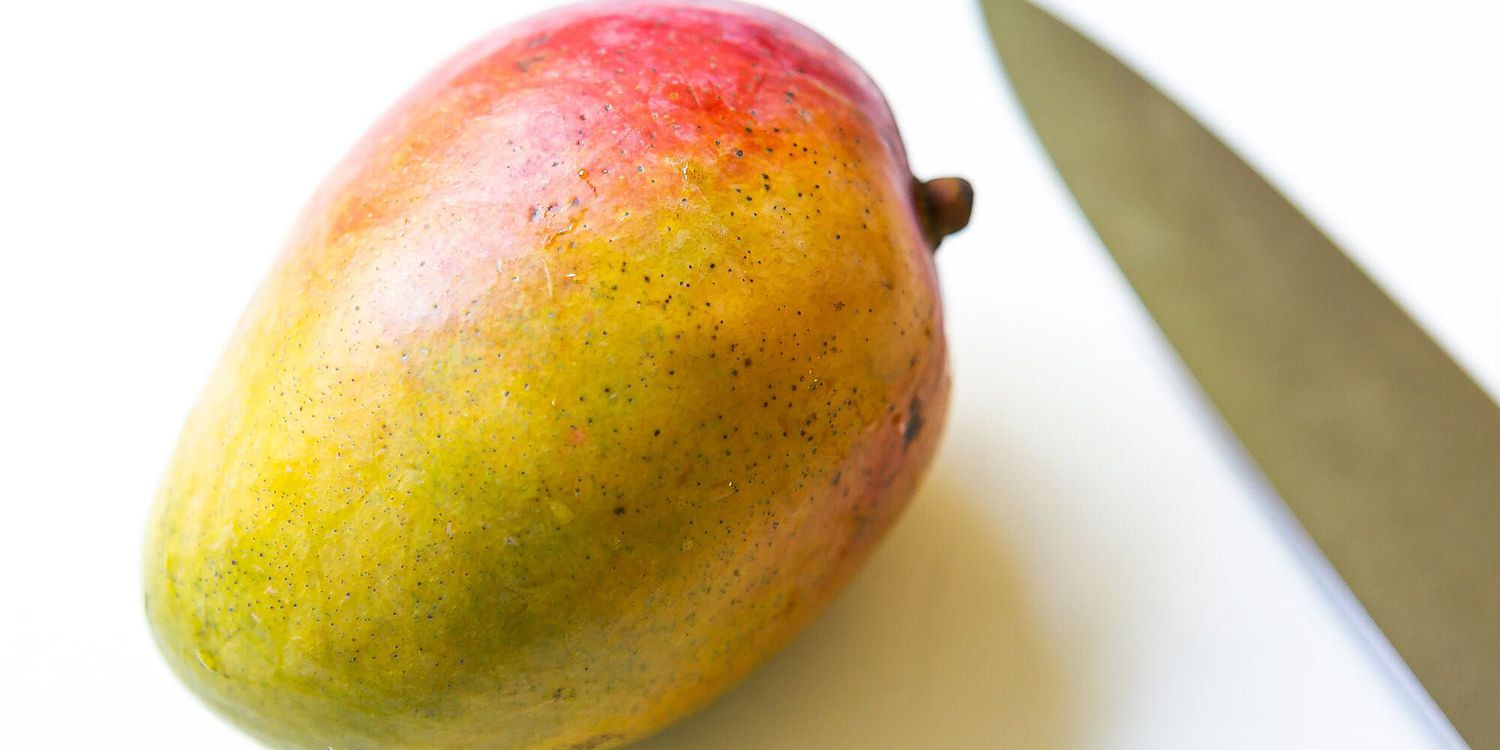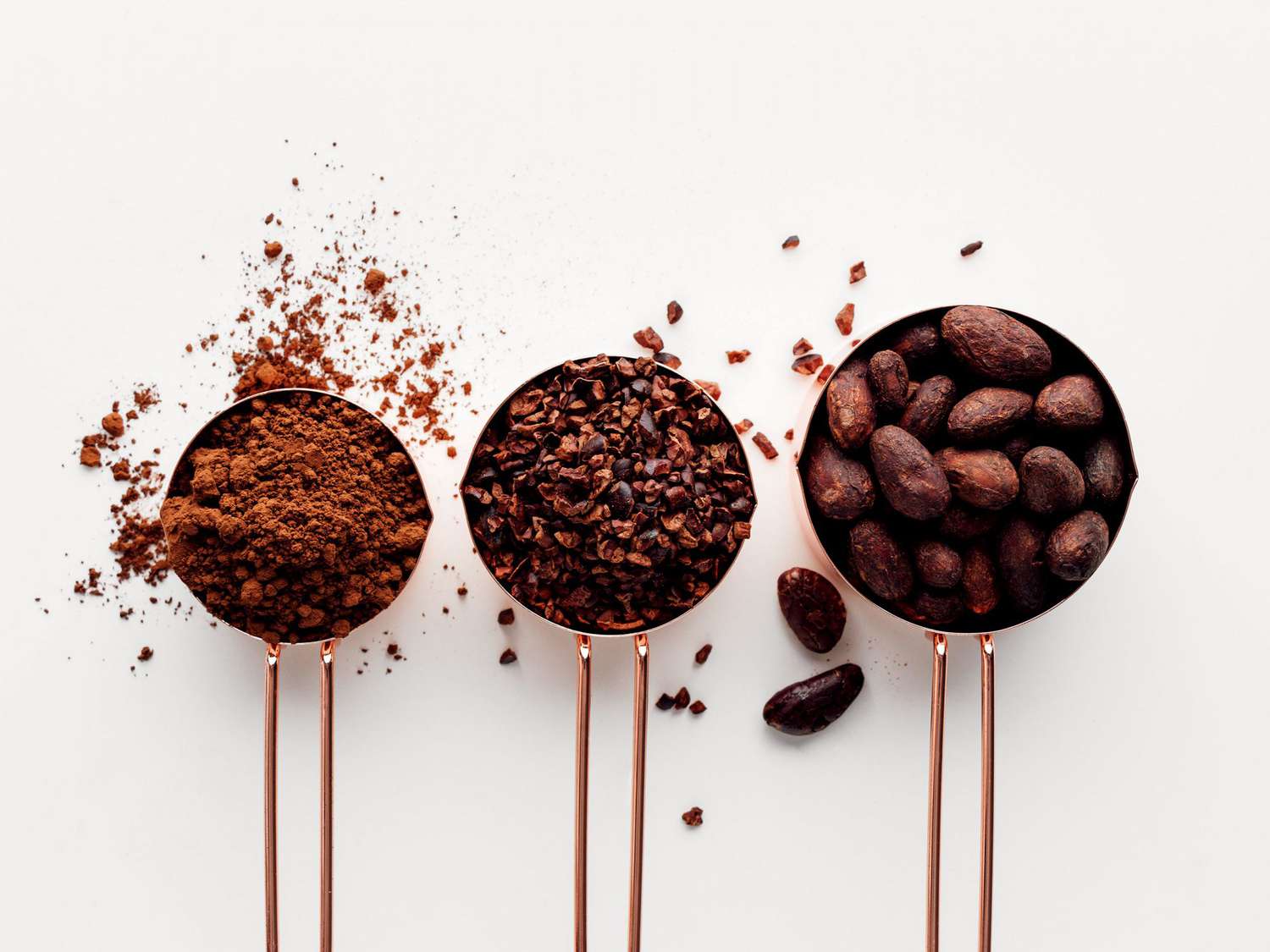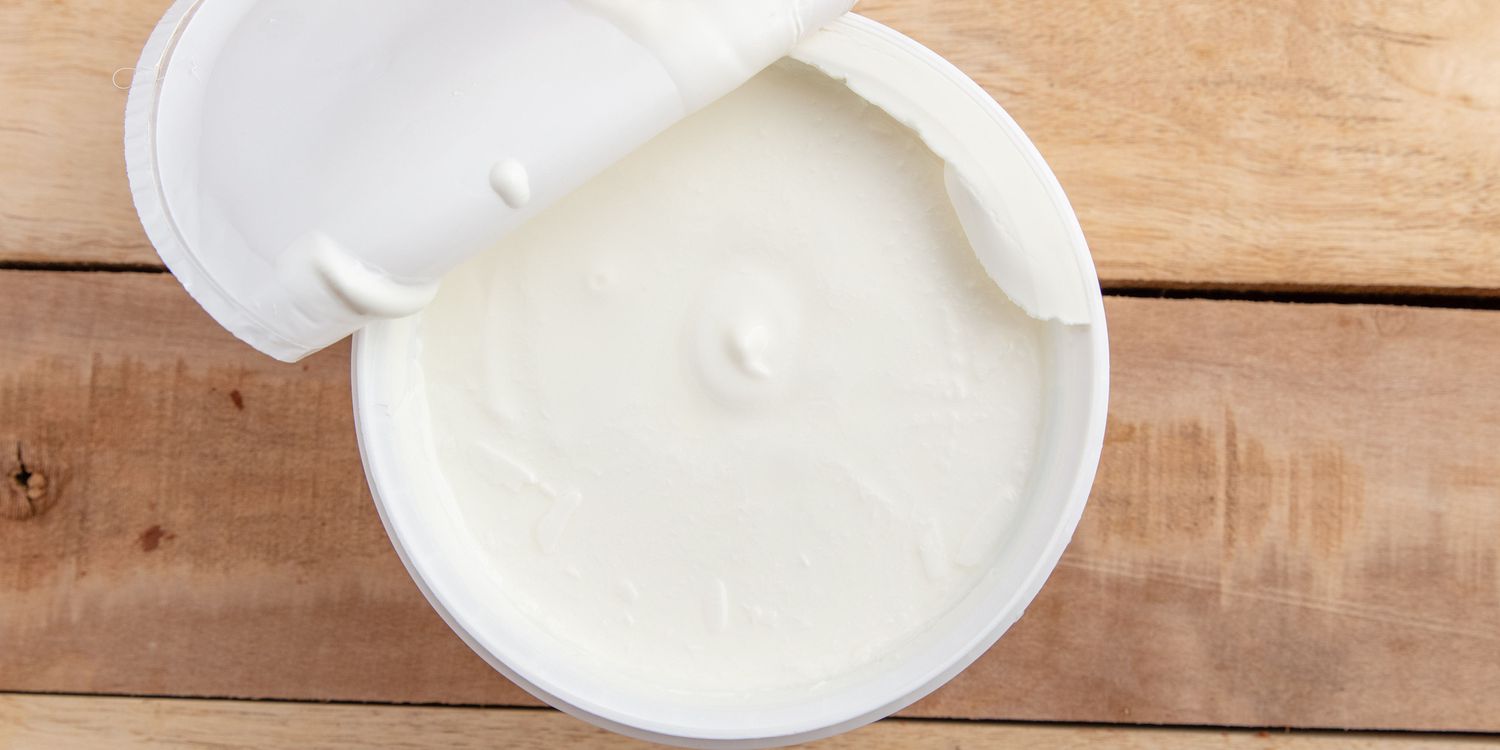Perfectly ripe mangos are sweet, lovely, and much desired. So, if you find a bunch of delicately soft mangoes at the store that give with a bit of pressure and are sweet-smelling, grab as many as you can. Finding treasure like that, you’ll inevitably want to stock up. But how long will they last? Will you end up throwing some out? Heaven forbid.
Learn how to lengthen the shelf life of this sensationally sweet tropical fruit with a few easy tips.
How Long Do Mangoes Last?
Fridge: 5 days (ripe and whole)
Room temperature: 2-3 days once ripe
In freezer: 6 months
Ways to Store Mangoes in the Fridge
If your mango is ripe, but you’re not ready to eat it just yet, place it in the fridge whole — a low-humidity crisper drawer is a good place. The temperature will slow down the fruit’s ripening and extend the time you have with it. If possible, keep your fridge at 40 degrees F. It’s the optimal cool temperature for mangoes.
If the mango has been sliced or cubed, place the pieces in an airtight food storage container with a lid (not a zip-top bag). The fruit should last about a week in the container but give it the ‘ol sniff test before eating it to be sure.
Leaving Mangoes on the Counter
If your mangoes are unripe, never fear. Just let them sit on the counter at room temperature. They’ll continue to ripen, building up their sweetness and softness as they go. To speed this up further, you can put the mango in a paper bag or wrap it in newspaper or a cotton towel. Once it bends at your touch, it’s ready to eat.
Already ripe mangoes are happy to hang out on the counter if you’re planning to eat them within 1-3 days.
How to Freeze Mangoes
Peak mango season might be May through September, but if you use your freezer, you can enjoy juicy, ripe mangoes all year long.
1. Once the mango is ripe, peel it and cut it into slices or cubes.
2. Lay the pieces in one layer on a parchment-lined baking sheet, making sure the pieces don’t touch.
3. Place the baking sheet in the freezer for at least two hours but up to overnight.
4. Once the individual bits are frozen, pile them into a zip-top bag and push as much air out as possible. Seal the bag tightly and label and date it.
Frozen mango is perfect for blended frozen drinks or smoothies. Or, you can defrost the pieces by transferring them to the fridge overnight or by placing the bag of frozen chunks in a pot of cold water for 3 hours. Defrosted mango will be slightly mushier than its fresh former self, but it’ll be close in taste.
How to Tell if Mangoes Have Gone Bad
Mangoes are such a helpful fruit – they fall off the tree when they’re ripe, they give off a scent to help signal ripeness, and they ferment when they go bad. Fermenting mangoes will smell sour, or “off”, and if a bit ends up in your mouth, may even taste a little fizzy.
As they age, mangoes may also develop soft spots and brown marks. You may notice a shriveling of their skin as well. If you see any of these things, or even worse – mold, throw them out.
Related:
- What Is a Guava — and How Do You Eat It?
- Mango Cheesecakes for Dessert With a Tropical Twist
- Mango Desserts Make the Best of This Sweet, Fragrant Fruit




